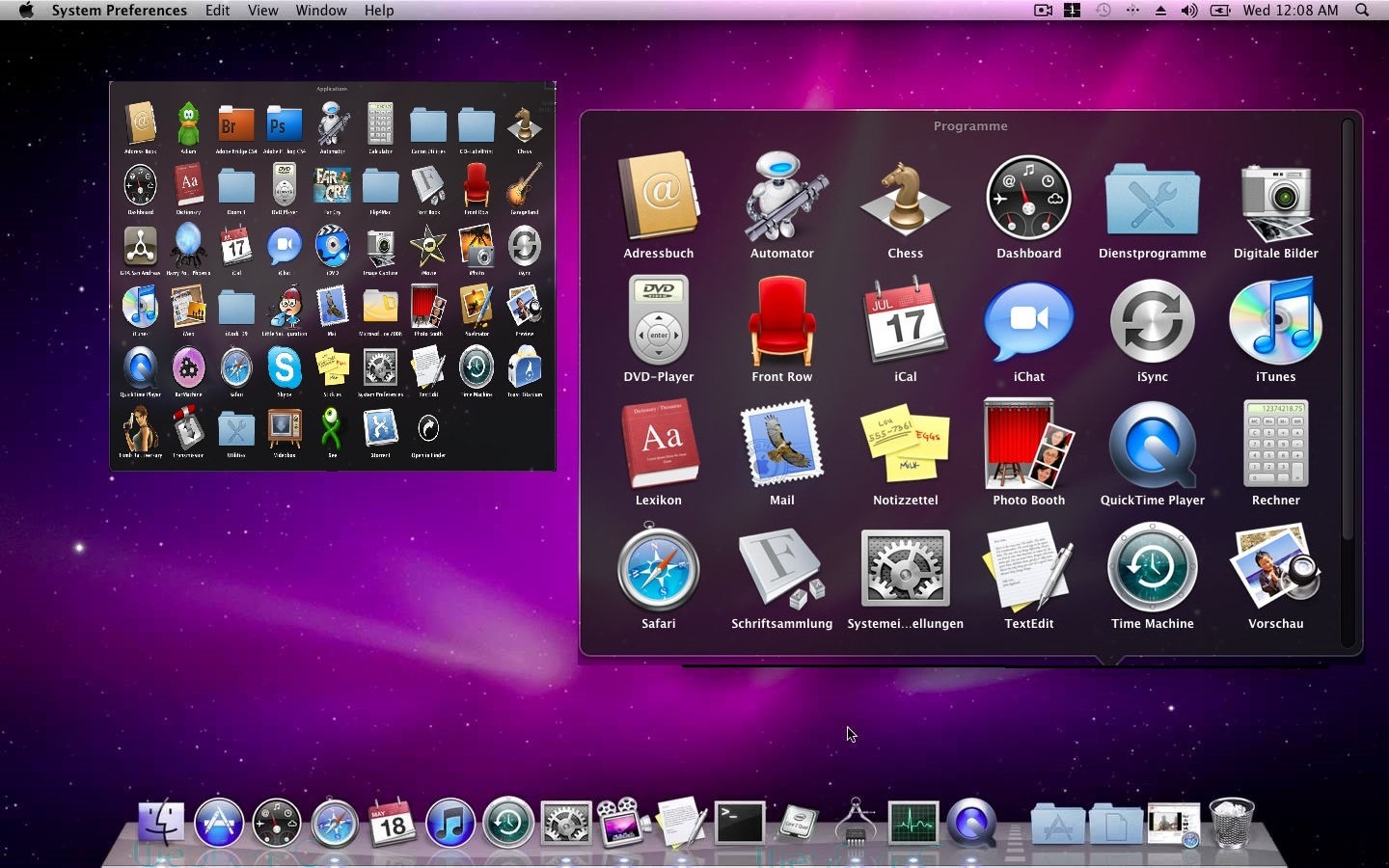Mac Os X Snow Leopard 32 Bit Iso

I’ve taken the plunge and installed Snow Leopard (aka Mac OS X 10.6) and was pretty psyched about the fact that it’s a 64-bit operating system, until my brother said “yeah, but I bet you’re still running in 32-bit mode”. Ratchet induktivnosti drosselya na ferritovom koljce. How can I tell if my Snow Leopard computer is now running in 32-bit “compatibility” mode or as a true 64-bit operating system? Before we go further, realize that the majority — if not the vast majority — of people running Mac OS X 10.6 Snow Leopard are running in 32-bit mode. In a lot of ways, I think that the 64-bit capability of the operating system is there for future growth of the platform, not because your iMac or PowerBook can handle it (or needs it, for that matter).
Jan 11, 2013 - You can also download macOS X Snow Leopard in Iso Image For Free. Windows XP Service Pack 2 or higher (any Edition, 32-bit or 64-bit). Feb 21, 2011 - This post shows how to install Mac OS X Guest Snow Leopard 10.6.4. For 64 Bit Intel Processor, use legacyempire_efi1085.iso from same folder. How to Install Snow Leopard Guest on VirtualBox 3.2.4 in Windows 7 32 Bit.
For an operating system that Apple has said is all about fixes and tweaks, there’s actually rather a lot of new stuff that shows up, and a lot of code has been rewritten and enhanced without much fanfare. One example that’ll be critical for our needs is the Activity Monitor, which you can find in “Applications” –> “Utilities”. Launch it and you’ll see something like this: Notice the “Kind” column. As you can see, some programs run in 64-bit mode, while others run in 32-bit mode, approximately 50/50 on my computer. Third party apps, like Adobe Air (which runs Seesmic Desktop) and Microsoft Entourage run as 32-bit applications, no surprise there. But if you look closely, you’ll see that iTunes is also still a 32-bit application.
Hmmm I expect that to change fairly soon! This doesn’t show you whether you’re running in 32-bit or 64-bit mode, though, so to ascertain that you have to go through a slightly different hop click on the “Apple” menu and choose “About This Mac” then click on the “More Info” button. This will launch “System Profiler” and if you look down the left side you’ll see the major categories of “Hardware”, “Network” and “Software”. Click on “Software” and if you’re running in 32-bit mode, you’ll see this: See that line “64 bit Kernel and Extensions”? The value “no” means that you’re not running in 64-bit mode. Now, try rebooting and forcing 64-bit mode by holding down the “6” and the “4” key during boot.
There’s not much you’ll see different when you’re running this way, but if you navigate to the same area in “System Profiler”, you’ll now see this: You can also tell if individual apps are 64-bit capable by using the good ole’ “Get Info” command. A 32-bit program that can’t run in 64-bit mode will look like this: By contrast, a 64-bit friendly app shows this: The key is near the bottom: “Open in 32-bit Mode”. One final thing to show you: If you do boot into 64-bit mode, go back into Activity Monitor and you’ll see a funny thing: That’s right, even in 64-bit mode, you’ll find that much of your system is running in 32-bit mode anyway. Ah well, now you know. Should you care? Probably not. Kodi na gta san andreas super kars na russkie mashini. Apple has done a splendid job of hiding this level of complexity from the user, so if your system works then you’re good!